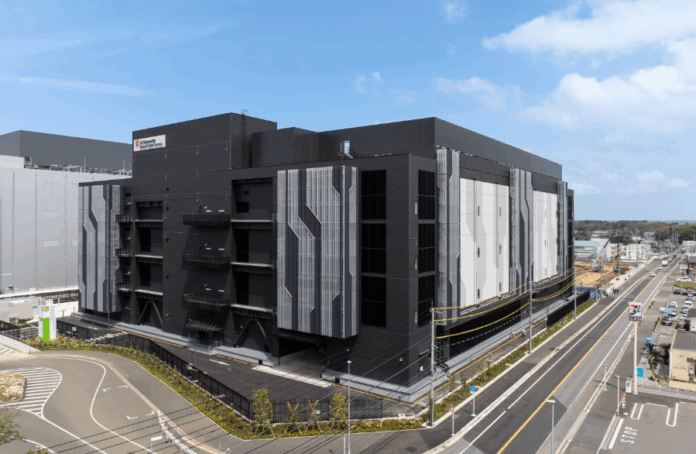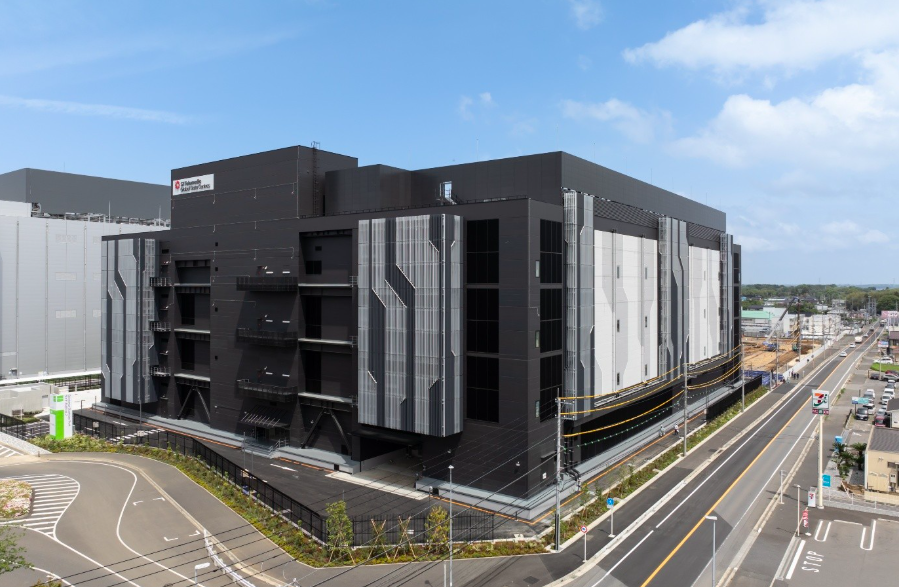
– Advertisement –
ST Telemedia Global Data Centres (Japan) has launched STT Tokyo 1, its first data centre facility in the country.
Located in Inzai City in the Greater Tokyo area, the facility strengthens STT GDC’s presence in Northeast Asia and marks a significant milestone in the company’s global expansion strategy.
STT Tokyo 1 is the first of two buildings in STT GDC’s data centre campus located within Goodman Business Park. With a gross floor area of 60,000 square metres, both will support up to 70 megawatts of IT capacity in total, with STT Tokyo 1 providing up to 32 megawatts when fully operational.
“As Japan’s digital transformation accelerates, this facility will offer customers the performance and reliability they need to unlock the full potential of their applications and data,” said Kiyoshi Maeda, CEO – Japan at ST Telemedia Global Data Centres.”
Designed with both performance and sustainability as foundational principles, STT Tokyo 1 adheres to Japan Data Centre Council (JDCC) guidelines—a critical requirement for local customers.
The facility addresses the growing demand for secure, resilient, and energy-efficient digital infrastructure from global cloud service providers, financial services institutions, content platforms and other Japanese enterprises.
The launch of STT Tokyo 1 addresses Japan’s rapidly expanding data centre market, which is projected by research firm IDC Japan to grow from 2.74 trillion yen in 2023 to 5.08 trillion yen (US$34.6 billion) by 2028.
The Japan data centre market growth is fuelled by growing reliance on cloud computing services, increasing requirements for AI technologies, the trend of outsourcing IT services, and the movement toward data onshoring; precisely the demands that STT Tokyo 1 is designed to meet.
In addition, Japan is intended to see the addition of eight more submarine cables to its existing 40 operational submarine cables, which are expected to become operational by 2025-2027.
These submarine cables enable high-speed data transmission, decrease latency, as well as meet the increasing demand for broadband and cloud services, which are essential for Japan’s digital economy.


AloJapan.com